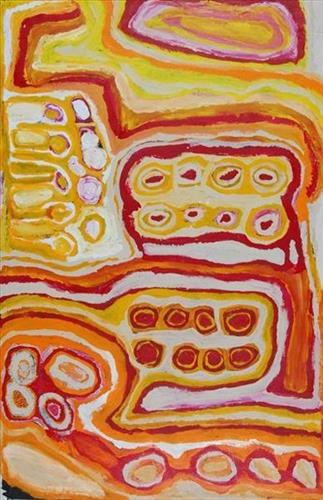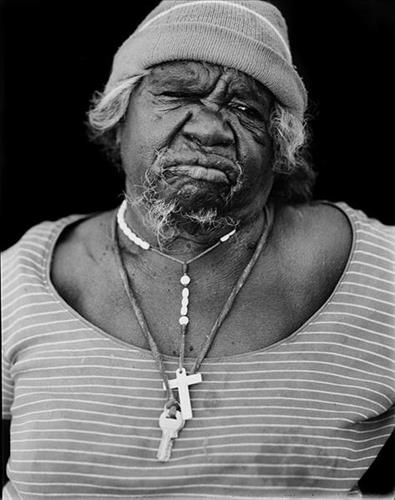11153973778
Status: Stock
Kunawarritji
An individual, blank greeting card with envelope featuring a detailed section from Nora Wompi’s painting, ‘Kunawarritji’
Kunawarritji is an important site in the Great Sandy Desert where multiple stories and histories intersect. Originally a spring water, at the turn of the 20th century Kunawarritji was converted to a well (Well 33) along the Canning Stock Route. Each year throughout the 1930-50s, the well became a site of contact between the drovers, their cattle, and desert families. Long before colonial history entered this country, other stories dominated this site. In the jukurrpa (dreaming), the Minyipuru (Seven Sisters) stopped here, where they transformed themselves into a distinctive group of trees that remain in the area between Kunawarritji and Nyipil (Well 34).
Today, Kunawarritji is a site of return, a place where people came back to continue their life in the desert with the formation of Kunawarritji community in the early 1980s. The community’s cultural significance endures, with the population swelling up to 1000 during cultural business.




